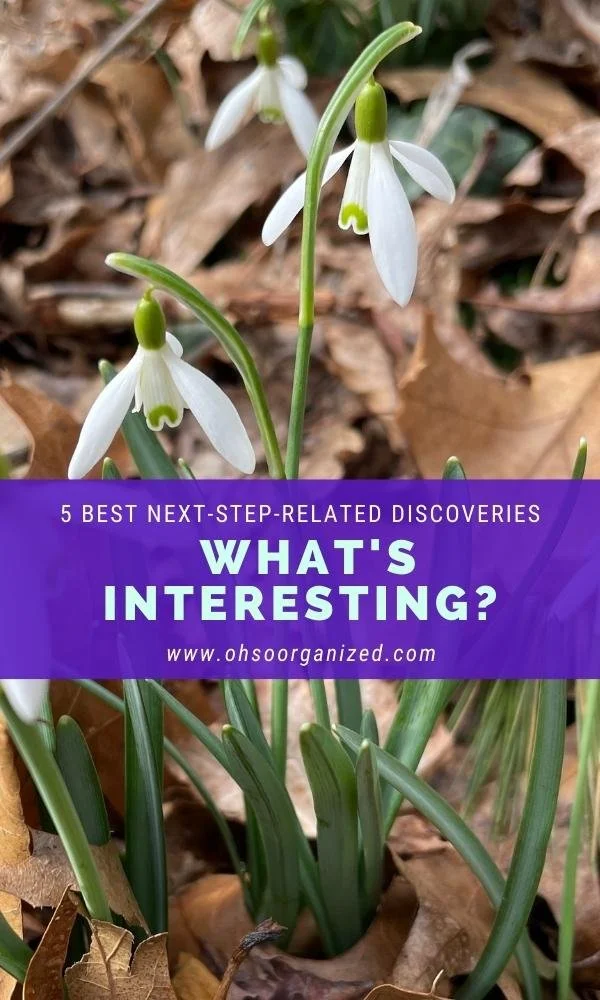Having an array of emotions is part of being human. There are no good or bad ones. However, at times, our strong emotions can make clear thoughts challenging. In fact, some emotions like anxiety, sadness, or fear can cause procrastination or completely zap our motivation.
When the amygdala, the primitive, emotional region of the brain, becomes the boss, it creates a cycle that activates the sympathetic nervous system (fight or flight.) The good news is many self-help strategies are available to help switch your internal gears from fight or flight to the rest and digest, parasympathetic nervous system mode.
When calmer, you can more readily access the pre-frontal cortex, a part of the brain that helps with decision-making, organization, attention, planning, emotional regulation, and impulse control. In this more relaxed state, you can reset and access the motivation to move forward.
Recently, I attended a meeting with fellow Nest Advisor, Monica Moore, a health and fertility coach. She led a workshop on Acceptance and Commitment Therapy (ACT.) The four-step process is helpful when making behavioral changes. ACT encourages working towards a value rather than avoiding something. In other words, focus your energy on something positive you want to be or do instead of on something negative you wish to avoid.
The ACT process:
Identify a value. Who or what do I want to be?
Identify feelings. What “yucky” feelings get in the way?
Identify relief valves. When you feel these things, what behaviors occur?
Create a nourishment menu. What behaviors will feel helpful, sustainable, and give perspective when experiencing the “yucky” feelings?
Your nourishment menu is where self-help strategies thrive. For example, when feeling anxious, you might engage in negative self-talk, binge-watching, or eating sugar-heavy snacks. What if you acknowledged and noticed those feelings when you felt anxious and instead, engaged in more helpful behaviors from the nourishment menu? Below are some suggestions. I’d love to know which of these or other ones work best for you.
20 Self-Help Strategies - Nourishment Menu
Journal
Take a walk
Change your setting
Organize or clean
Create boundaries
Breathe slowly
Get a massage
Hug a loved one for at least 20 seconds
Run or exercise
Watch leaves flutter
Use humor
Rest
Read
Pet your dog or cat
Listen to or play music
Take a shower or bath
Talk with a friend, family member, or professional
I had a recent anxiety-inducing experience when I inadvertently deleted the most current 45 days of emails from my inbox. After long calls with tech support at Apple and Carbonite, it became clear that the emails might be retrieved, but not without many more hours spent with tech support and possibly worse complications.
A tech hiccup is never convenient. My plans to accomplish a lot that day were derailed because of the anxiety inability to focus. At a point, I decided to let it go and not retrieve the emails. However, I was still anxious and not functioning well. My emotions were in high gear, and my brain was foggy. So what did I do?
“Your ‘nourishment menu’ is where self-help strategies thrive.”
I grabbed my journal and wrote. As the inky pen glided along the smooth paper, my heart beat rapidly, and my stomach was in knots. I wrote about the ‘gone’ emails, my anxious feelings, the power they had to deactivate my motivation, the shift in my emotional state of feeling calmer as I wrote, and the choice to let this go and move on. I noticed my environment (birds chirping, trees swaying), took several deep breaths, and shifted gears to write about positive memories from the mini vacation we just had.
After journaling, I met a dear friend for a walk along the river. We talked, laughed, and I shared the email saga with her. Not knowing about the nourishment menu at the time, I realized after how I had used several of these strategies to calm my anxiety, let go, and reset.
What self-help strategies work for you when your strong emotions take over? I’d love to hear your thoughts. I invite you to join the conversation.















